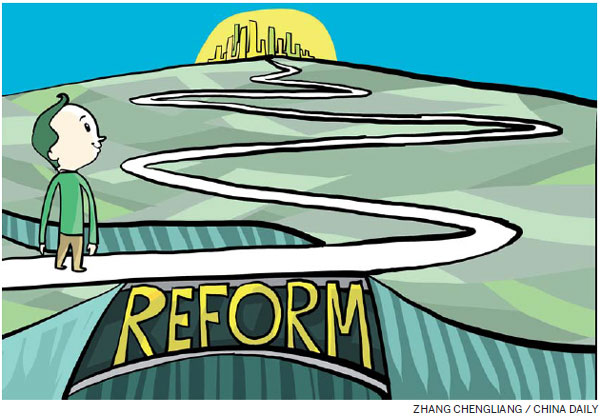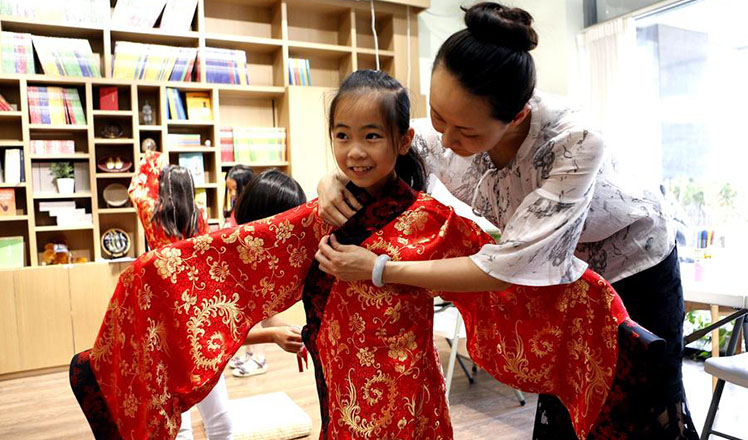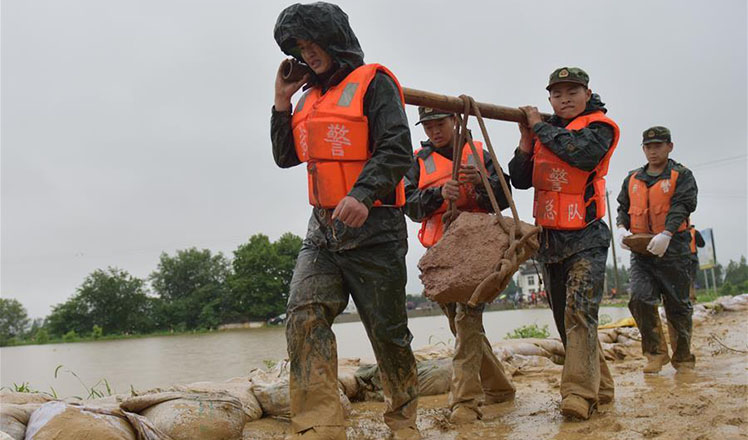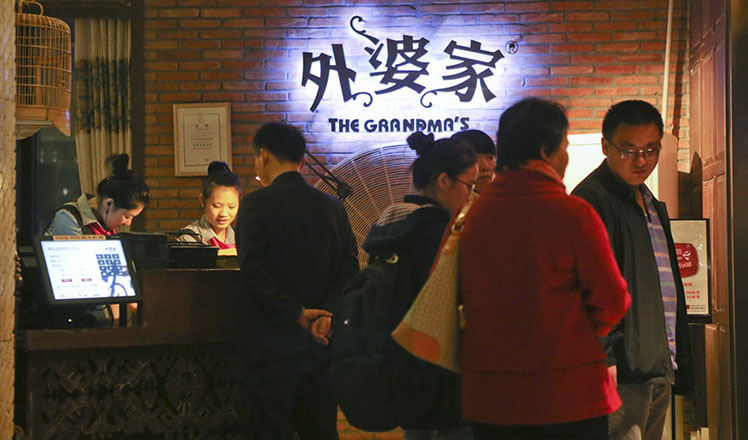Changing demands call for SOEs' reform
Updated: 2016-07-08 07:36
By Andrew Sheng & Xiao Geng(China Daily)
|
||||||||

Over the last three decades, State-owned enterprises underpinned China's emergence as a global manufacturing powerhouse, by spearheading the infrastructure construction boom. In the process, they became dominant, especially in sectors such as telecommunications and power and key strategic areas like steel, coal and banking.
But the traditional single-sided markets where SOEs lead are now being disrupted by new technology companies like Alibaba and Tencent, which straddle multi-sided markets of production, logistics and distribution by using unified platforms that benefit from economies of scale. By creating platforms for consumers and small-scale producers-what is essentially public infrastructure-these companies have directly challenged the SOE business model.
New digital platforms respond quickly and efficiently to public needs. These businesses are more collaborative or sharing than the traditional business of manufacturing, allowing consumers and smaller start-ups to shape products and services, from design to distribution. Given China's population of 1.3 billion-a major competitive advantage in terms of innovation and purchasing power-these platforms can disrupt the incumbent one-sided market producers by offering superior scale, speed and convenience, including access to global markets.
Besides, the SOEs' obsolete business model-not to mention strong inertia-makes it difficult for them to identify and respond to new opportunities in providing public goods in a changing economy. The State-owned telecom companies and banks, for example, have failed to respond to new technological challenges. Even traditional private companies like Huawei and Midea have done much better, adjusting to shifting consumer demand and changing factor costs by retooling as quickly as possible, acquiring, for example, robot technology and product designs from the West.
Such responsiveness is particularly critical today, when the inexorable logic of technological progress is demanding a transformation of China's growth model. With demand for consumer hardware and durables falling, China must begin to develop its own higher-tech products, while building a strong services sector. And with global goods exports declining-both cyclically and as a result of the growth slowdown in the advanced economies-China must activate its domestic consumer base.
It is this uncertainty that seems to have prompted the authorities to rethink their original, more aggressive reform plan. They recognize that, when economic and financial systems comprise intricate networks of a variety of interlocking and interdependent elements, changes to one component-especially one as dominant as the SOE sector-can have far-reaching consequences. With the recent adjustments to the reform strategy, China's leaders have bought themselves some time to figure out where the SOEs can fit into the new economy.
- President Xi urges unswerving efforts to deepen SOE reform
- SOE reforms to speed up, target five sectors
- SOE subsidiaries not free from pollution control responsibilities
- China SOE profit decline widens
- China to roll out second SOE reform list soon
- SOE reform momentum to set tone for A-share market
- Incomes of SOE managers increase on reform
- SOE reform, a tough nut to crack for China
- Remember emerging heroes in China's floods
- Naval drill is fully within country's 'sovereign rights'
- Premier Li stresses protecting lives in flood zone
- Chinese 'Devil wears Prada' fashion maven hits social media
- Li: Ensure safety in flood areas
- Mainland informs Hong Kong on management of bookseller case
- Eid al-Fitr celebrated worldwide
- Swedish PM looking at tightening laws after festival sex attacks
- British PM race cut to 3 hopefuls as 2 contenders exit contest
- Chinese herbalists offer free US treatment
- Obama praises Hillary's judgement hours after FBI's censure
- Rio mayor tells Olympic visitors: 'Don't expect New York or London'

 Beijing Muslims mark end of Ramadan
Beijing Muslims mark end of Ramadan
 Remember emerging heroes in China's floods
Remember emerging heroes in China's floods
 Ronaldo powers Portugal into Euro 2016 final
Ronaldo powers Portugal into Euro 2016 final
 Culture Insider: Six things you may not know about Minor Heat
Culture Insider: Six things you may not know about Minor Heat
 Solar-powered visitor begins orbiting Jupiter
Solar-powered visitor begins orbiting Jupiter
 Continuous rainfalls affect millions of people across China
Continuous rainfalls affect millions of people across China
 Chinese foodies' top 10 favorite restaurants
Chinese foodies' top 10 favorite restaurants
 Chinese basketball legend Wang Zhizhi bids farewell
Chinese basketball legend Wang Zhizhi bids farewell
Most Viewed
Editor's Picks

|

|

|

|

|

|
Today's Top News
Abe's blame game reveals his policies failing to get results
Ending wildlife trafficking must be policy priority in Asia
Effects of supply-side reform take time to be seen
Chinese State Councilor Yang Jiechi to meet Kerry
Chinese stocks surge on back of MSCI rumors
Liang avoids jail in shooting death
China's finance minister addresses ratings downgrade
Duke alumni visit Chinese Embassy
US Weekly

|

|








